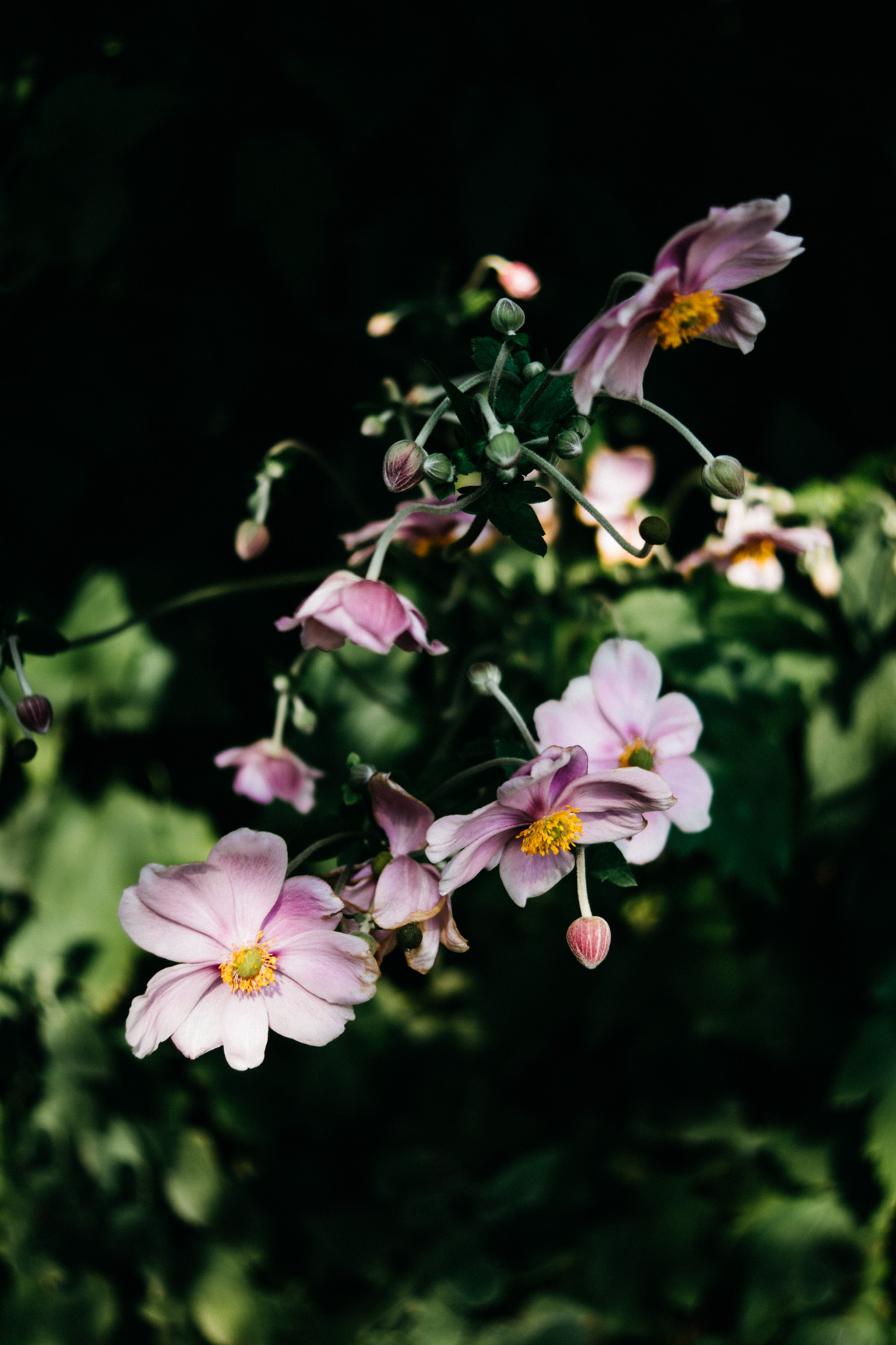 This post is a little different (no recipe) so bear with me…
This post is a little different (no recipe) so bear with me…
I’ve been thinking a lot lately about where my food comes from. Time and time again, convenience takes precedence and despite my best efforts, I sometimes lose sight of where my food comes from and how and by whom it’s grown and produced. Consuming things like coconut milk, almonds, avocados, and chocolate has far reaching environmental and social implications I often push to the back of my mind or don’t fully understand. What if instead of taking these foods for granted, we reevaluated the impact of the ingredients we use daily and challenged ourselves to replace them with local and sustainable alternatives? That’s what this post is all about.
I’d like to ask you to join me as I #swaplocal and rediscover what the intersection of food and place looks like. Here’s what I’m asking you to do: Choose one ingredient in your kitchen and replace it with a local and/or more sustainable alternative. This might mean sourcing dry goods like beans and grains from a local farm, finding local oils and vinegars to replace your imported ones, using hazelnut milk instead of almond milk, or making herbal tea from herbs in your garden. Keep in mind that local isn’t inherently more sustainable and there are always multiple factors to consider when it comes to food. Is it in season? Does that matter or is it a non-perishable item? How was it grown and by whom? Were chemical fertilizers, herbicides, or pesticides used? How does production impact natural habitat and wildlife? Are crops diversified and rotated? Are workers treated and paid fairly? Are animals treated ethically and humanely? How much water was used? How is it packaged? You get the idea…I’m including a link to my list of local sources HERE. The products listed are organic and most are available in bulk or have minimal packaging. I’ll continue to add sources as I become aware of them. If you live in the Pacific Northwest, feel free to use my spreadsheet as a resource for your swap. If you don’t live locally, here are some tips to get you started!
- Google is your friend: A simple google search will often turn up multiple sources in your area. Just type in your location and the ingredient you’re looking for and voila!
- Read the about page: When deciding whether or not to purchase a product I often try to learn as much about the farmer or producer as I can. The about page often reveals a lot about the producer’s values and practices. As you read, be mindful of buzz words. I place more stock in producers who provide detailed descriptions of their practices than the ones who greenwash. If the producer is truly local and you have the opportunity to meet them in person either at a farmer’s market, demo day at the grocery store, or other community event, that’s even better. Take the opportunity to connect and ask questions…
- It takes a village: Chances are someone in your community knows where you can find what you’re looking for. Ask around.
- When in doubt, get creative: If you can’t find a certain ingredient locally, try something new that serves the same purpose like barley flakes instead of oats or wild rice instead of basmati rice.
- Do it yourself: And remember, we humans are pretty creative. Chances are you can grow or make whatever you’re looking for (within reason). This is a great opportunity to learn a new skill like gardening, pickling, fermenting, and wildcrafting. You might just need some of those skills during the apocalypse 😉
And here are some additional resources to help you on your journey as you #swaplocal:
Have another resource? Share it below! And don’t forget to tell me about your swap in the comments…
Great post! You have very logically approached the problem and its possible solutions. Here’s what I do in my hit or miss way: https://wp.me/p7iOls-2c
Thanks so much and thanks for sharing your blog. Every little bit helps!